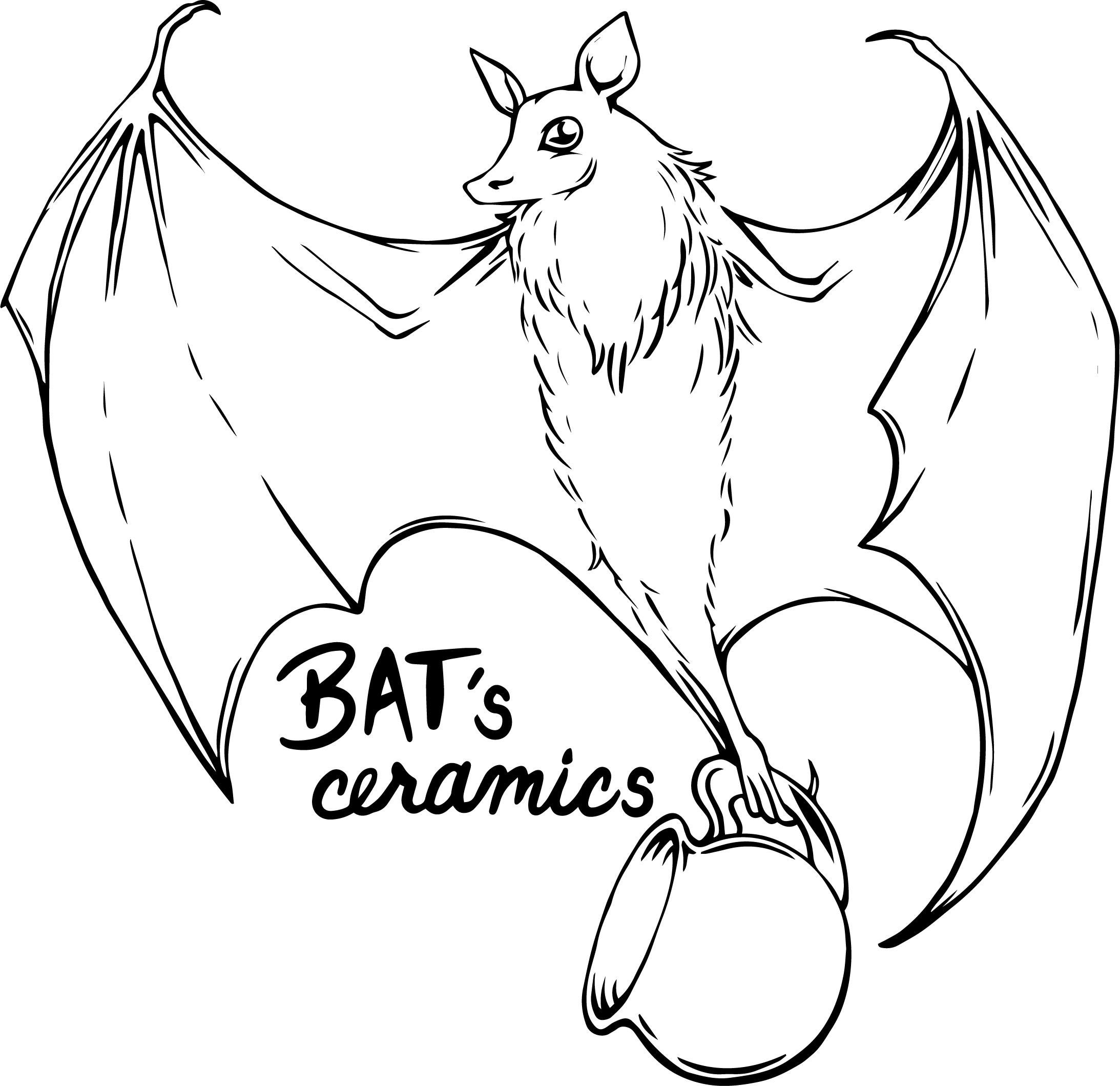FAWNS
April 2019-2023
Deer have always been a staple in my life growing up in upstate New York. Coming from a hunting family and my mom decorating the house with deer decorations, deer remind me of my roots. Painting fawns on my functional ceramic mugs was the moment when I discovered my artistic niche. The first fawn mug I painted, made me literally jump for joy. I was so excited to finally have created something I felt a true connection to. Ever since then I wanted to memorialize that moment by creating a new fawn’s batch annually. I’ve painted many fawns in the past 4 years!
In 2023 I decided to spice things up a bit. A year before in 2022, I was bored with painting fawns over and over again. I needed something new. My husband and I were brainstorming, and we came up with changing the color monochromatically - single color. Then I thought, well, I create the fawn’s collection in early Spring, which is around Easter/Ostara, so why not make them look like decorated eggs. Then while in the creation process, I still felt out of my mind painting fawns. Instead of mini carving designs, I did simple, lava lamp style carvings. All said and done I had psychedelic fawns. Out of my mind, crazy colors, closing a 4-year run of fawns.

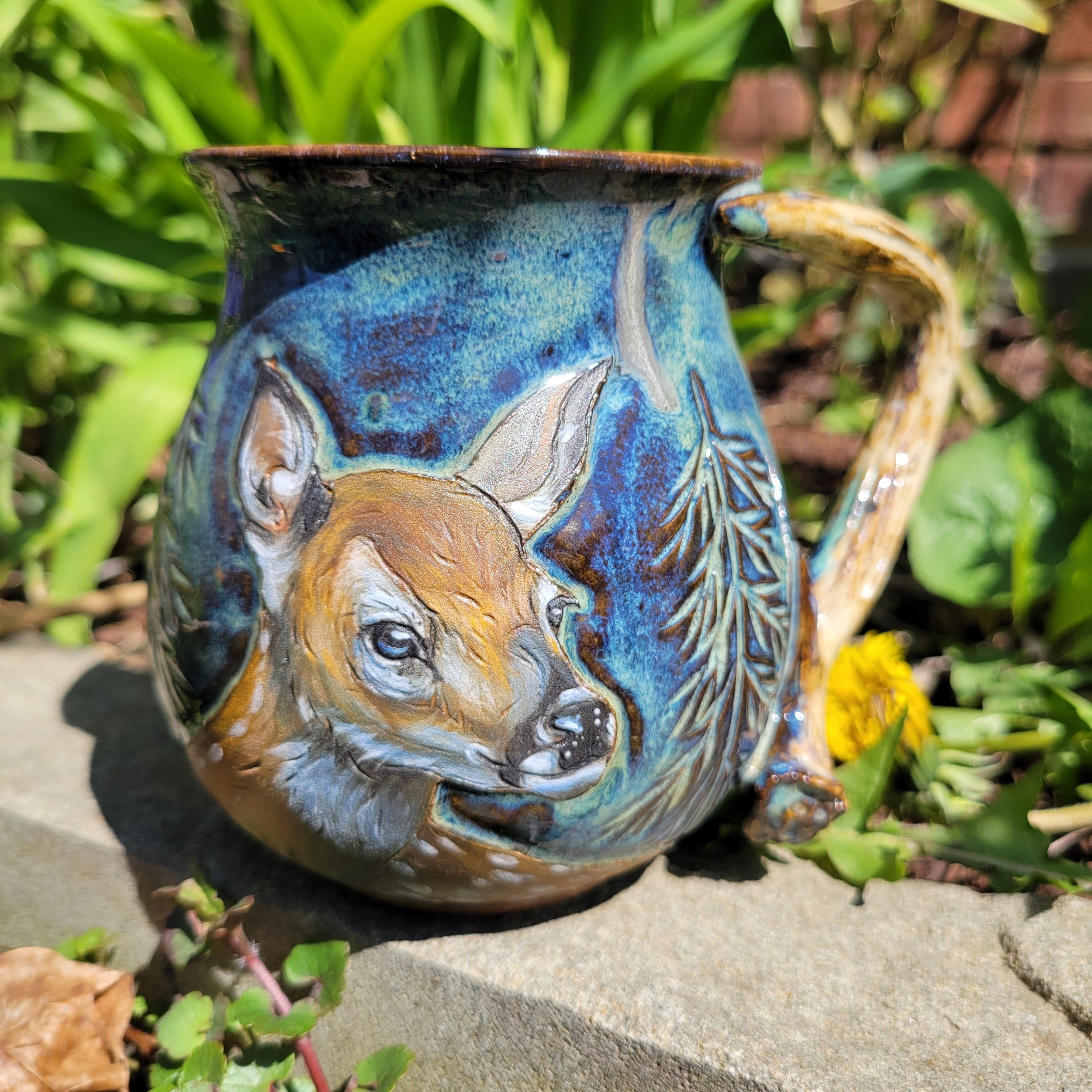
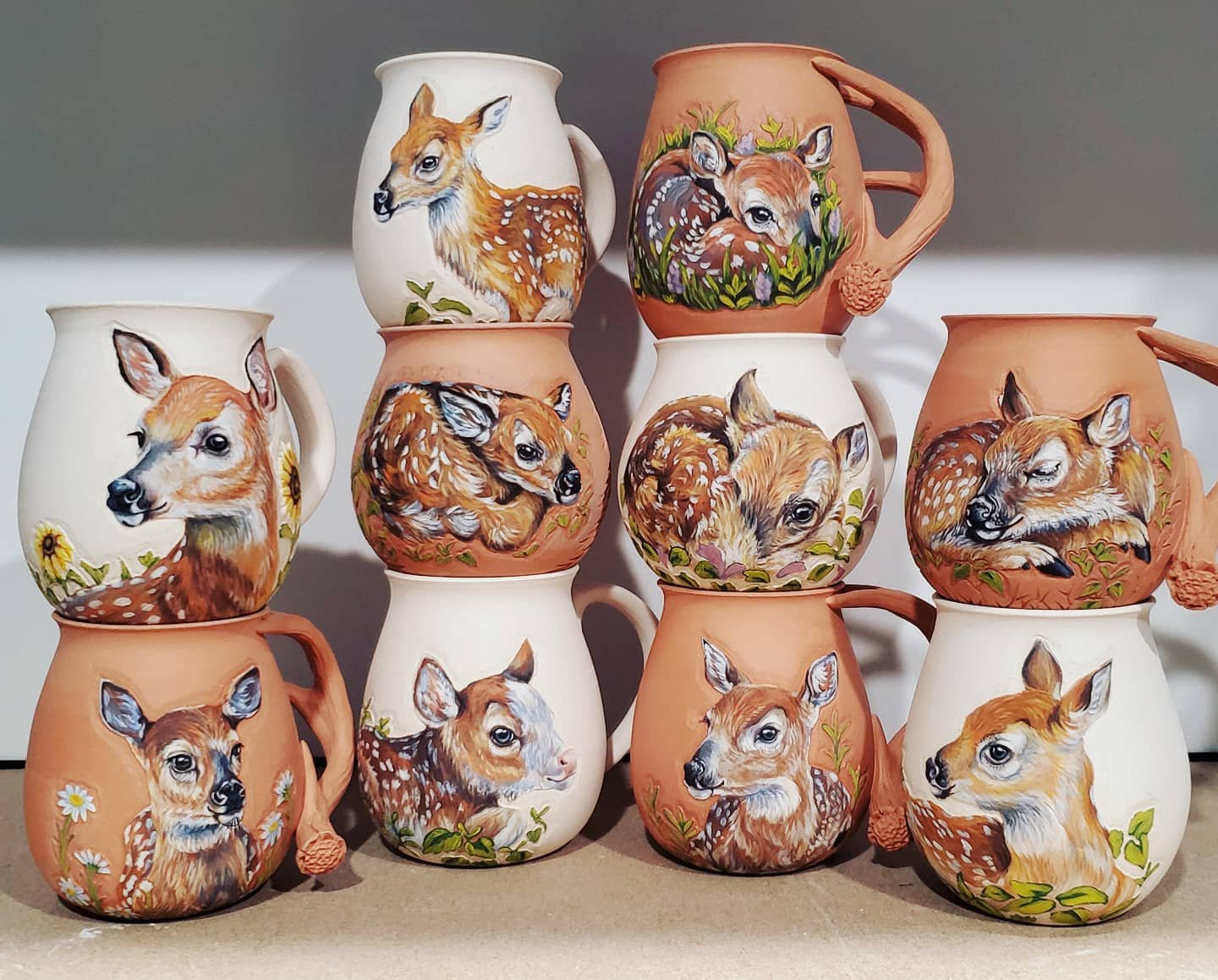
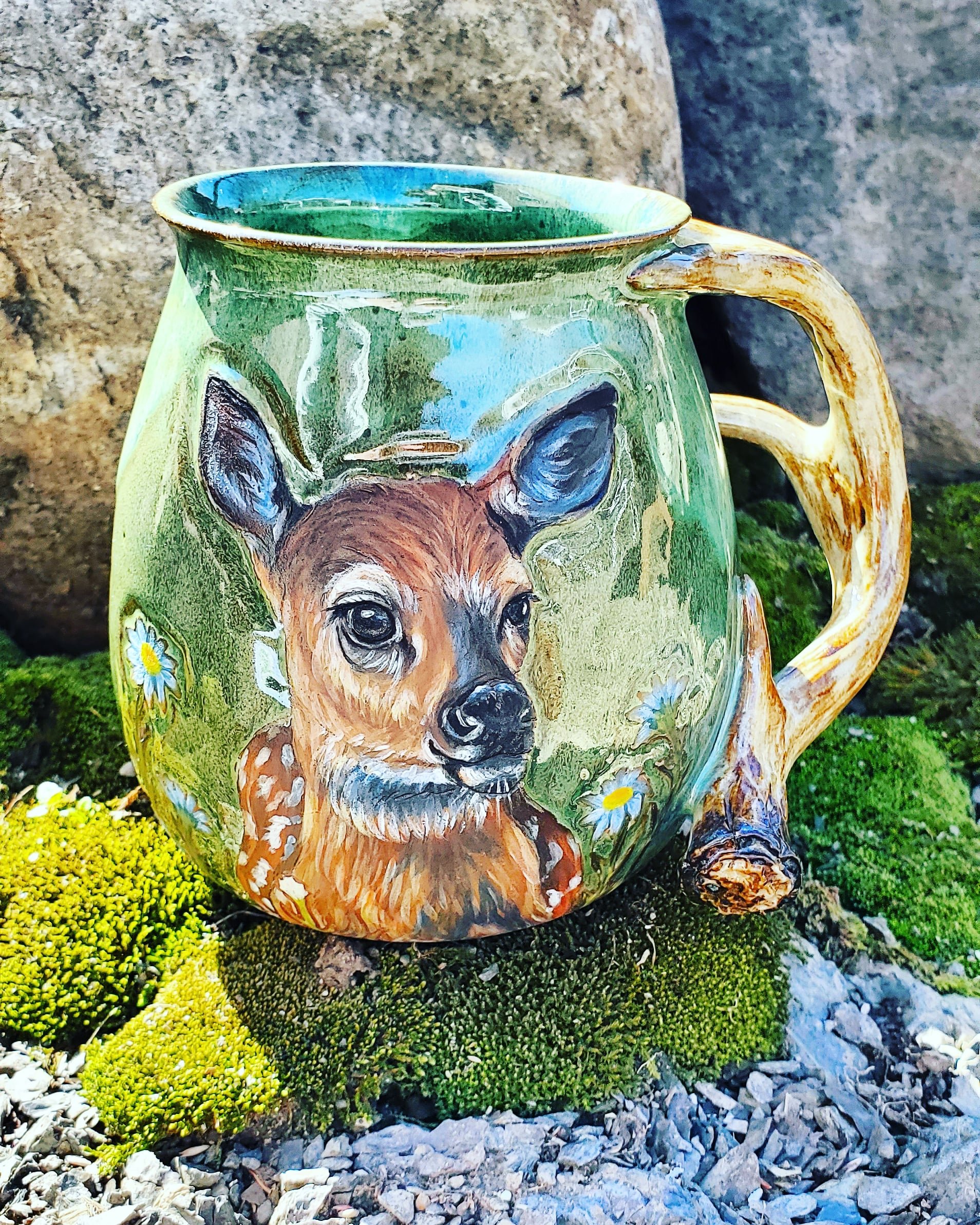
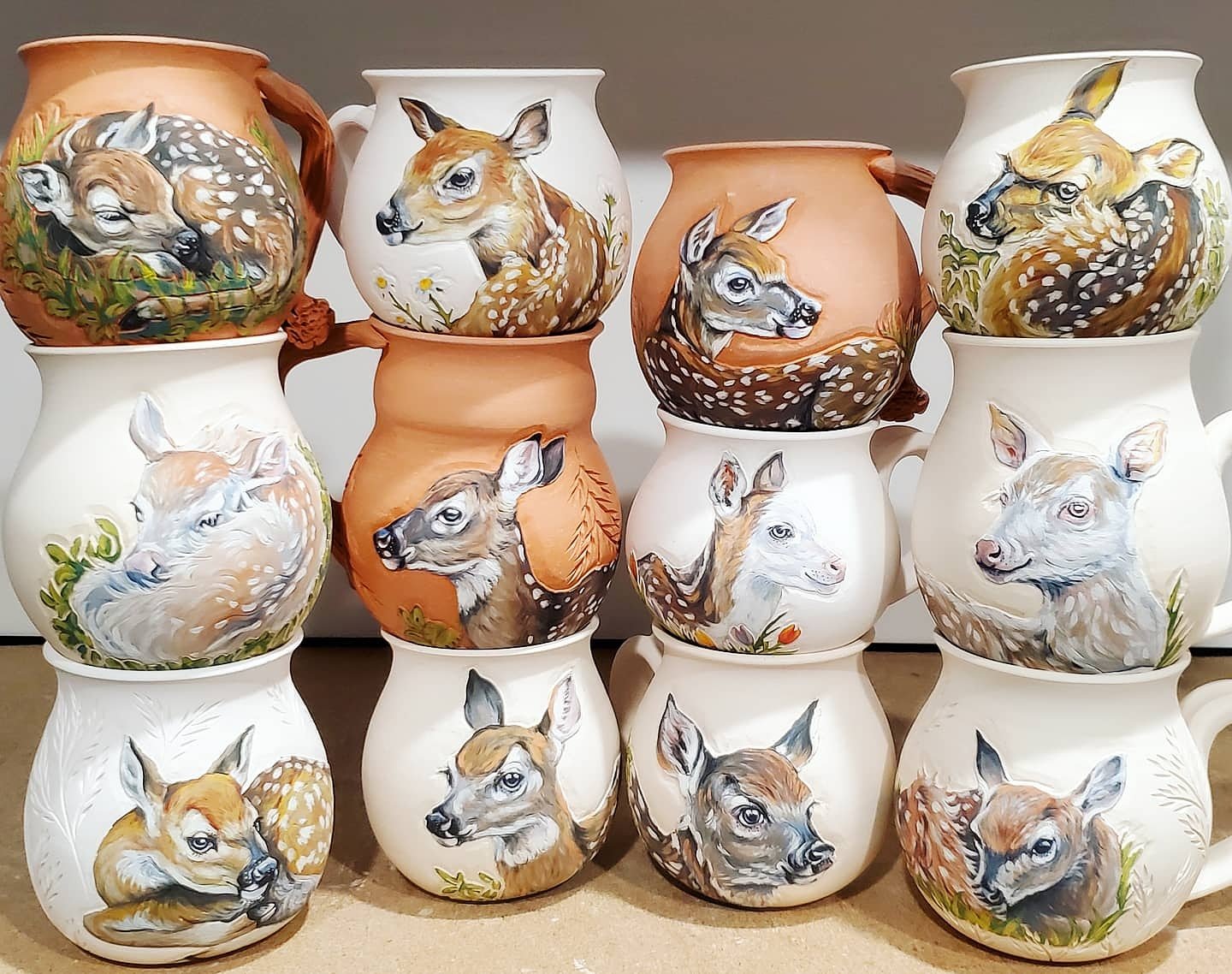
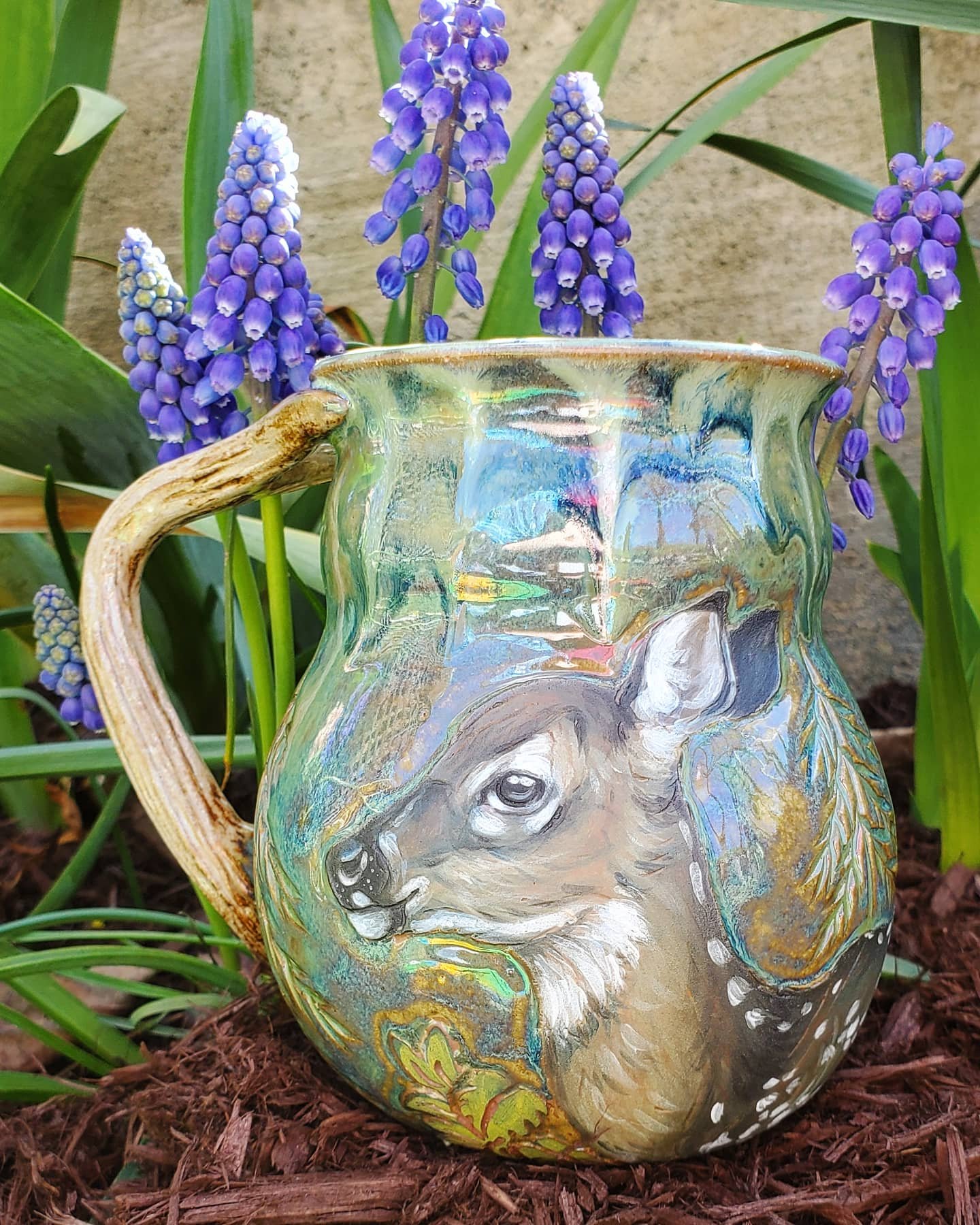
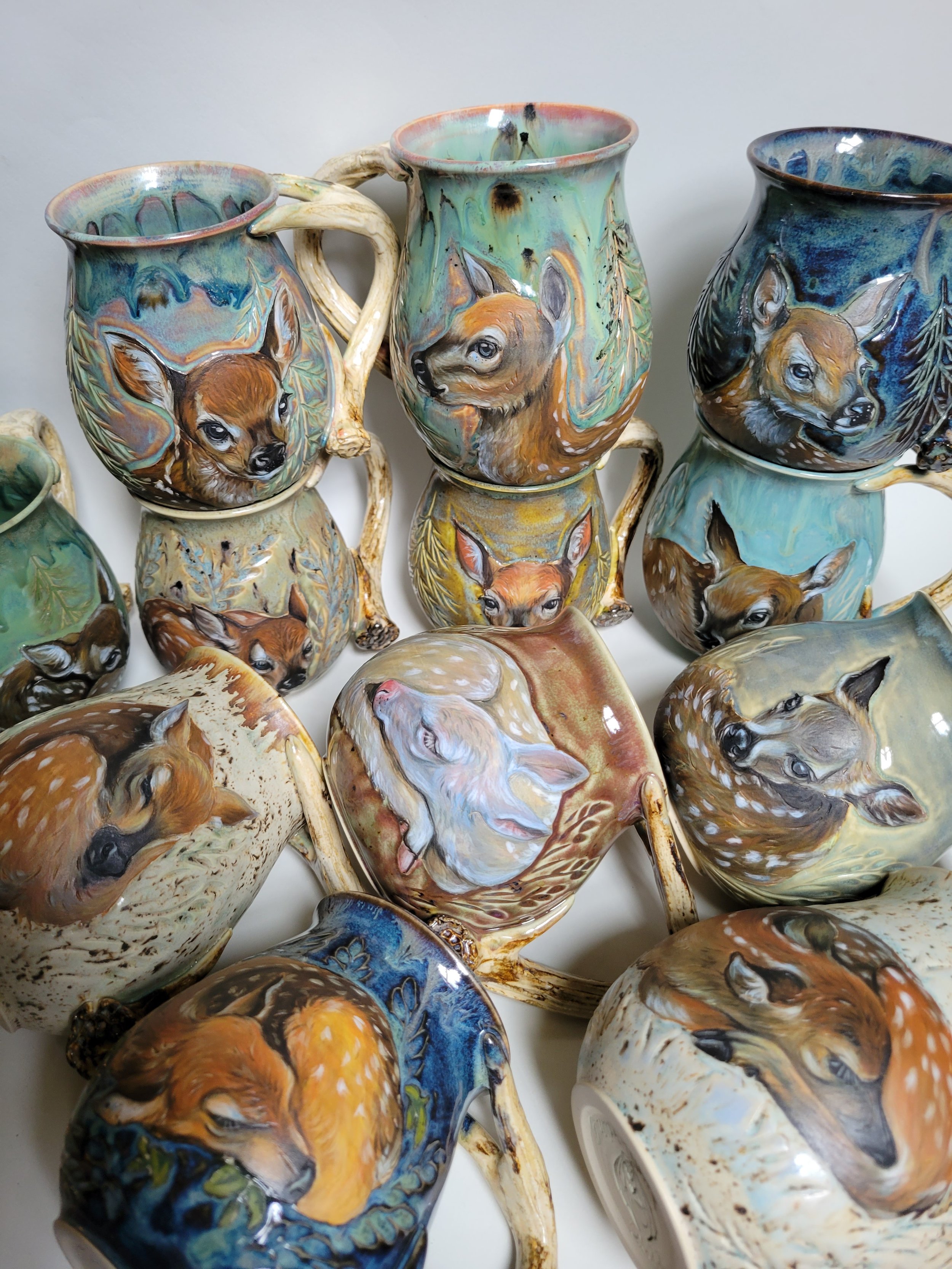
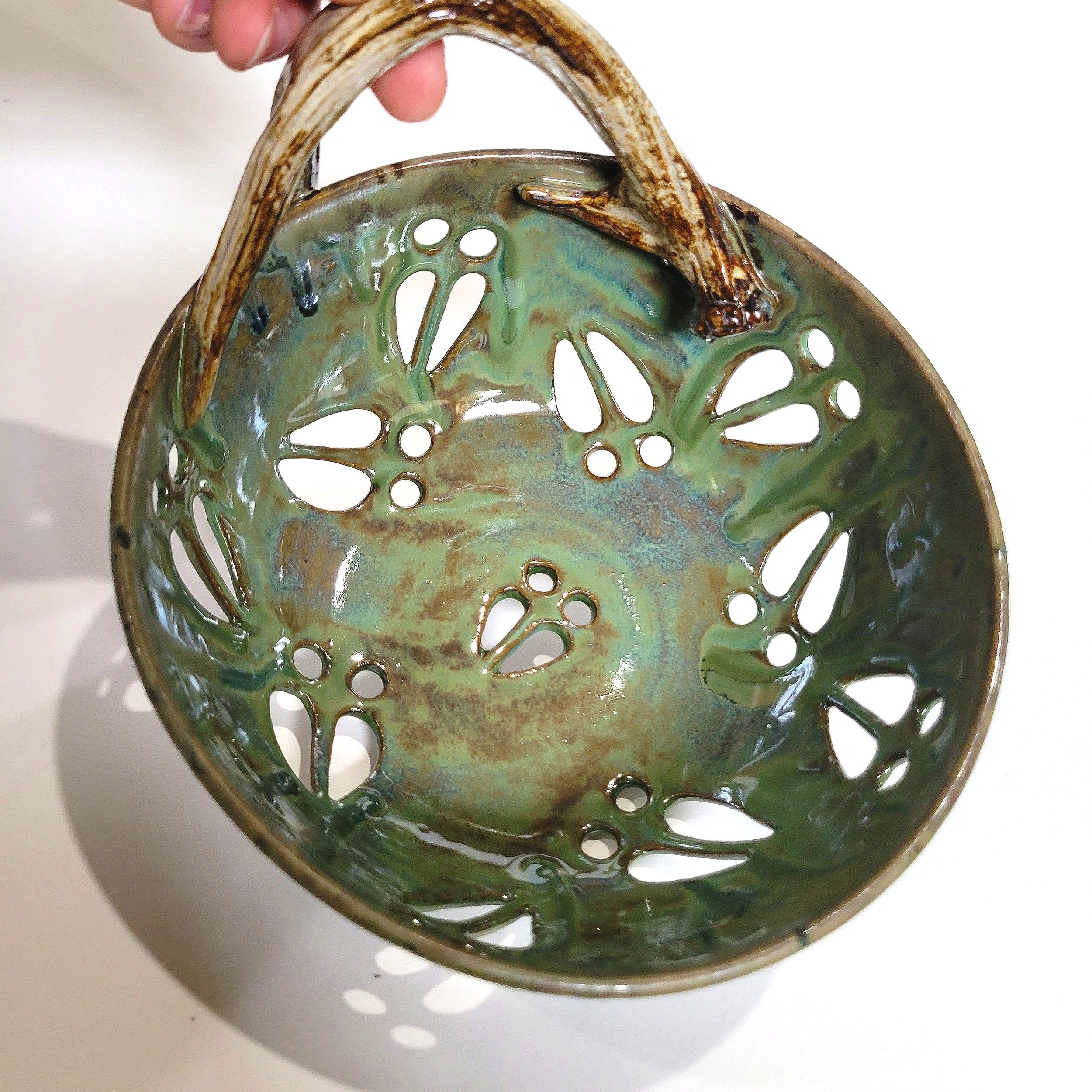
Some facts about whitetail deer-
Not your typical Bambi - Mother deer will shoo away their male children once weaned off milk. This ensures the young buck will not try to mate with their mother or siblings during rut.
Rut - to describe a deer’s behavior during mating season.
A fawn’s spots are meant to look like dappled lighting, creating camouflage to hide from predators.
A mother deer will leave her baby in a hiding spot for hours so she can feed safely without keeping an eye on her young.
A mother deer will eat and lick their young’s poop and pee, so predators will not be able to smell them.
Deer are sexually mature a few months after birth. This means a female fawn can become pregnant within her first year.
Deer have multiple glands on their bodies, which expel the deer’s scent. A set of glands near their eyes, back knees, forehead, nose, and more. The scents given off play a crucial role in the deer’s communication.
A buck’s antlers shed after every rut season and start growing back the next summer.
A buck’s antlers will change if it sustains injuries. For example, if they break a left leg then their right antlers will grow irregularly.
Antlers are the fastest growing tissue.
You can tell the age of a deer by how much their teeth are ground down by chewing.
